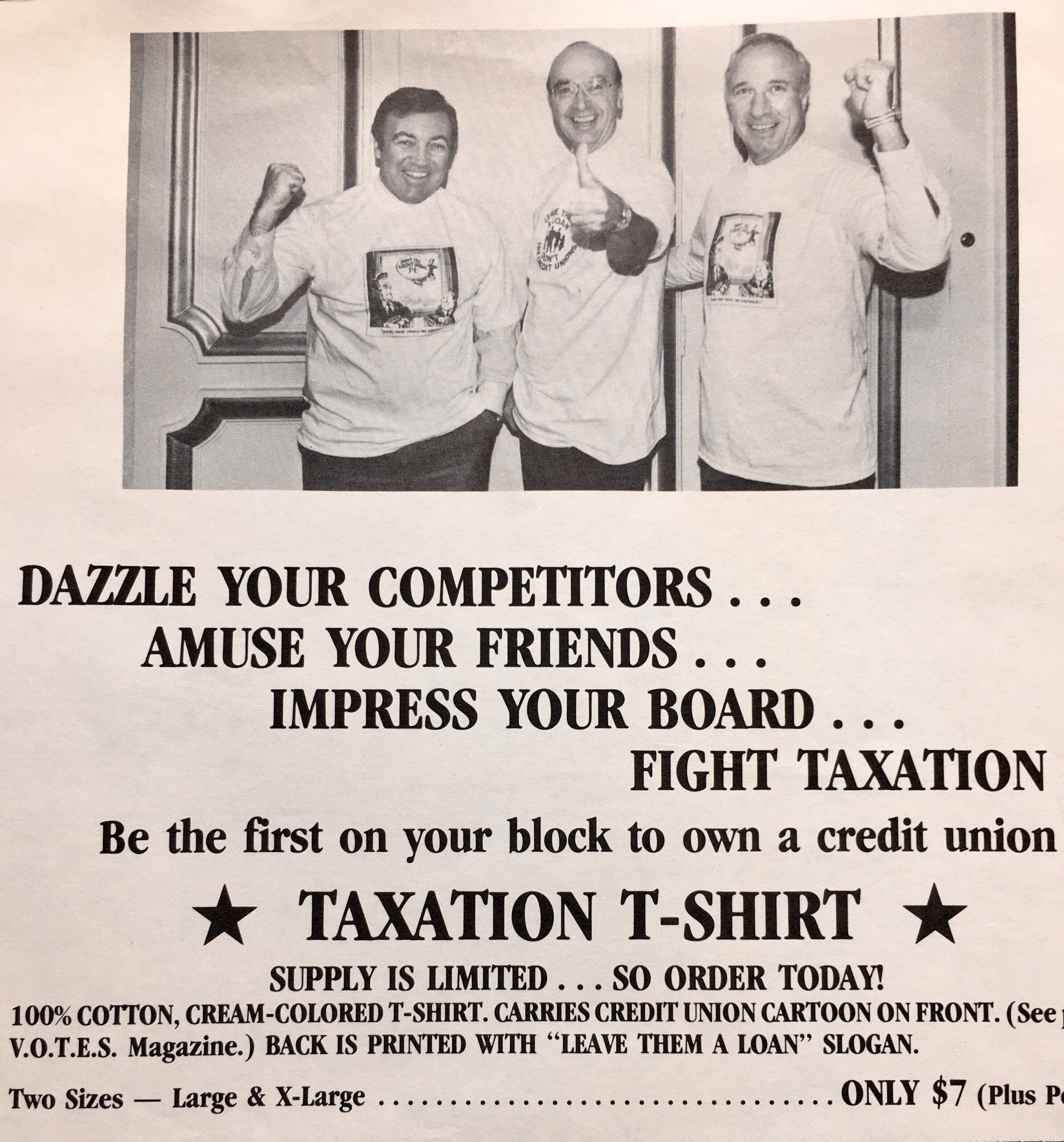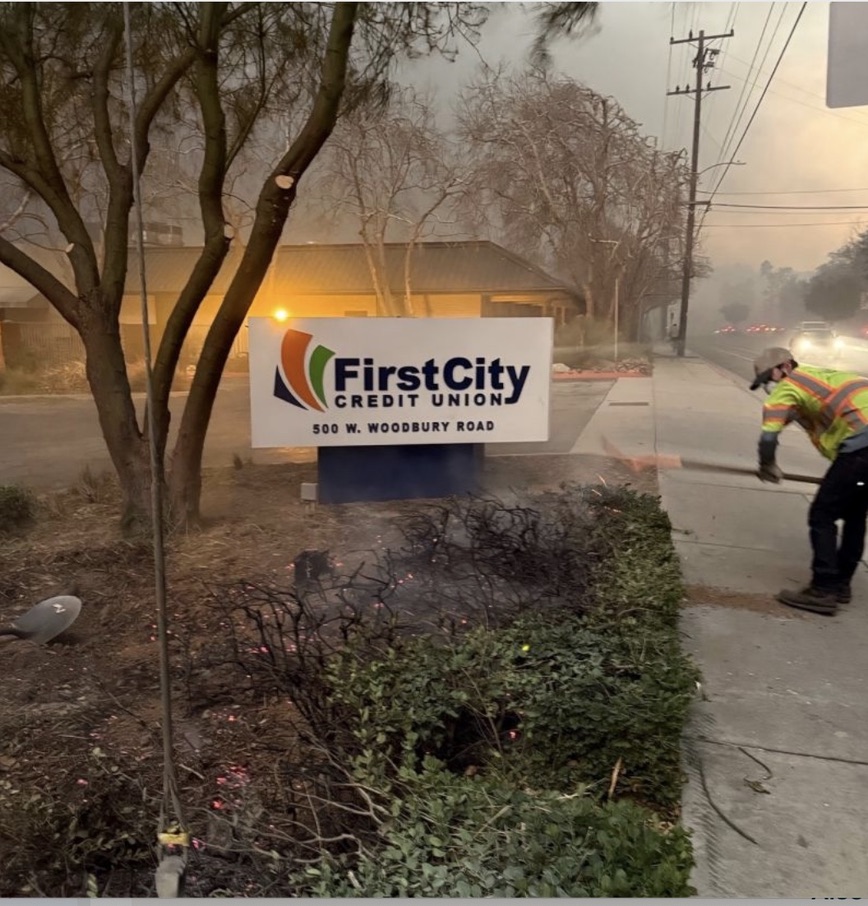The following essay is by Ancin Cooley a credit union consultant, educator and strategic thinker.
As cooperatives enter the new year and new administration, he asks what kind of system will we become: An increasingly capitalistic driven or a member-centric one?
His analysis raises several questions that merit discussion within a credit union and in national forums:
Can credit unions, as capitalist enterprises, solve the problems caused by capitalism?
Who will organize the public dialogue to work through these issues of tactics and motivation?
If Credit Unions Are Leaning More Toward Capitalism, Which Version of Capitalism Is It Going to Be?
by Ancin Cooley
Credit unions once stood for the little guy. They were the warm, flannel blanket in a frigid financial climate: member-owned cooperatives dedicated to local communities, lower fees, and a sense of shared purpose. Lately, though, you’d be forgiven if you can’t spot the difference between your neighborhood credit union and the bank building down the street—right down to the slick marketing campaigns, steel-and-glass lobbies, and ballooning CEO compensation packages. It’s like spotting an old friend who has suddenly switched wardrobes, started drinking designer water, and embraced the virtues of “disruption” at all costs.
What happened to the sense of community?
Many people would argue that good old-fashioned capitalism got in the way. But here’s the key question: If credit unions have indeed started turning into miniature capitalist juggernauts, what version of capitalism are they embracing?
A Quick Tour of “-isms”
First, let’s zoom out for a moment. Think of economic systems like religions. In the United States, you can believe (or not believe) whatever you want, but a majority happen to identify as Christian. Similarly, the U.S. largely identifies as capitalist—again, not by official edict, but by cultural consensus. Communism has typically been deemed the boogeyman in American political discourse, evoking Cold War imagery of red flags and missile crises. Meanwhile, cooporatism—the idea that economic endeavors should be collectively owned and democratically managed—sprouted here as a folksy alternative to big banks and other monopolies, which is precisely how credit unions got their start in the early 1900s.
The Cooperative Spirit That Launched Credit Unions
Credit unions are essentially the love child of cooporatism. They’re not-for-profit, owned by their members, and ideally anchored in local communities. Picture townspeople pooling their money in a local fund, offering small loans to one another, and sharing in the success of their own modest financial institution. The whole idea was to stay small, neighborly, and member-focused—an ethos that resonates with the moral sentiments championed by Adam Smith (yes, that Adam Smith). Contrary to popular belief, the “father of capitalism” had a profound moral philosophy grounded in empathy, virtue, and social well-being. He believed self-interest guided by strong moral grounding could be beneficial for society at large.
Enter the Capitalist Invasion
But as in any good morality tale, the villain (or hero, depending on your perspective) storms in. Over the past few decades, many credit unions began embracing what looks suspiciously like Milton Friedman–style capitalism. Friedman, a famous 20th-century economist, asserted that a company’s sole responsibility was to maximize shareholder profit—no matter what. Translating that to a credit union context, the equivalent might be: “Grow the institution as large as possible, centralize power, and ensure the CEO and board benefit from the increased ‘scale.’”
Mergers, Mergers, Everywhere
We can see evidence of this in the recent wave of credit union mergers. From 2016 to 2021, the number of federally insured credit unions dropped from roughly 5,785 to around 4,900, according to the National Credit Union Administration (NCUA). That’s nearly 900 institutions gone or absorbed in five short years-most financially well capitalized. Sure, there are regulatory pressures, compliance costs, and technology demands that make it hard for smaller institutions to keep up. But it’s also true that once a credit union merges, the resulting entity can boast a bigger balance sheet, which often correlates with a higher profile and executive pay and perks.
Here’s the kicker: When two for-profit companies merge, shareholders typically cash out (or at least receive new stock that might increase in value). In a credit union merger, members get… nothing. No grand payouts, no bonus checks in the mail—just a letter telling them their local branch now has a different name and brand colors, plus perhaps a new CEO and board, not of their choosing. From a purely Milton Friedman perspective—where everything is about maximizing efficiency and returns for those at the top in control—this is entirely logical. From an Adam Smith lens—or even from a Bernard Harcourt–style argument for cooporatism—it’s ethically fishy: you’re sacrificing the well-being of the collective for the ambitions of a few.
Is It Ethical—Or Just Permissible?
But the capitalist incursion doesn’t stop at mergers. Increasingly, we see credit union leadership using member funds to influence lawmakers and regulators, effectively rewriting/interpreting the rules in a way that can benefit top executives over members.
One glaring example is how some CEOs and their associated “leagues” have lobbied for legislation or regulatory policies that dilute or obstruct succession planning rules. You’d think that ensuring a robust and transparent succession process would be an obvious good—central to the continuation of the cooperative charter—yet letters from CEOs to state leagues or directly to the NCUA often argue otherwise.
Why oppose a rule that fosters leadership continuity and protects the membership? Because lacking a formal succession plan effectively empowers incumbent individuals to shape the credit union’s future behind closed doors, sidelining the membership. Worse yet, this lobbying is paid for with member dues. The same phenomenon plays out at the league level, where executive leaders create a “league of leagues” with minimal or zero board director representation—a backroom labyrinth that often makes it easier for a small circle of CEOs and league presidents to dictate priorities.
Is this consistent with fiduciary responsibility and democratic governance? Perhaps not. But as long as it remains legal and permissible within existing frameworks, the line between “member-owned cooperative” and “CEO-centric empire” only gets further distanced.
Another Example: Overdrafts
Let’s give another example: overdrafts. The overdraft conversation, from my perspective, is played out in ways that run counter to the benefit and wishes of the majority of members. Those advocating for overdrafts to be maintained at existing fee levels often don’t dare ask their membership an obvious question—not whether members want overdraft protection at all, but rather what the actual cost should be. Should it be $30? $20? $10? $5?
Instead, the debate is too often framed as a yes-or-no proposition: You either support overdraft fees at whatever rate is charged or you’ll be forced to take a payday loan. That’s an intentional—and frankly misleading—form of argument that aims to scare members into complacency.
Meanwhile, there are far more pressing matters that credit unions could devote their time and resources to—such as the corporate ownership of single-family homes in local communities, which undercuts the credit union’s ability to provide mortgages to ordinary families. But too often, leadership is out of touch, clinging to outdated fee structures or doubling down on rhetorical defenses that only serve to alienate the very members they claim to prioritize.
The CUSO “Merger Exchange”: How Far Have We Fallen?
Now, let’s talk about the creation of a so-called “merger exchange” by a CUSO. Funded by other credit unions, this platform essentially lets CEOs put a credit union on the market—before even bringing the idea to the board or membership. Picture your realtor listing your home for sale without telling you first, then strolling back after the fact to grant you a 90-day comment period. It’s beyond absurd.
It’s also a stark symbol of just how far we’ve drifted from the original cooperative ethos. And the gall of it all—seeing credit union leaders hobnobbing at national conferences, patting themselves on the back while effectively circumventing basic member rights—feels dishonest and untrustworthy.
If we’re willing to normalize this practice, we should at least own up to the fact that the credit union movement is starting to look more like a private club for a handful of insiders than a community-driven, member-owned institution.
A Call to Conversation
As we watch the quiet suffocation of the original cooperative ideal under the weight of ever-larger, CEO-constructed conglomerates, we should ask ourselves: Are we actually okay with this? Credit unions were meant to be an alernative to the profit-at-all-costs and institutional-hubris of the banking establishment. Is it a betrayal of their founding principles to adopt the very model they were created to disrupt, or merely the inevitable seduction of capitalistic motivation and methods?
Why don’t we ever see a CEO get on camera 90 or 100 days before the NCUA deadline and announce, “We’re merging our credit union into another one, and here’s why we’re doing it”? Why isn’t there an open town-hall discussion to engage the membership?
The answer is painfully simple: They do not want to give members the time or the platform to mobilize against a decision they’ve already made. It’s an unscrupulous reprehensible practice, and we all know it—and yet we allow it to happen on our watch.
A Time for Public Discourse
It’s worth having an open, unvarnished dialogue—among credit union members, boards, regulators, and even the broader public—about the future of institutions looking to give up their legacy purpose. Do we want them to remain true cooperatives, a vestige of “caring capitalism” that Adam Smith might actually applaud? Or is the tide so strong that they’re destined to drift ever further toward a Milton Friedman–style corporate destiny?
One thing’s for sure: if credit unions are going to adopt more capitalist practices, they should be upfront about which version of capitalism they’re championing—and what that means for the very members they were created to serve.
Contact Information for Cooley:
Ancin R. Cooley, CIA, CISA. Principal Phone: 224-475-7551 Email: acooley@syncuc.com



